How to Create a Logo for Your Business
As a business or a brand, how do you stand out from the crowd with quality logo design that can easily convert? This article covers everything you need to know about how to create outstanding logo for your business. Your business logo is a visual representation of everything your company stands for and can be used as a way to promote your brand both online and offline.
ABDigital is design creative agency that offer bespoke logo design in Lagos Nigeria to help your brand stand out in a competitive market. Our experienced designers collaborate with you to create a logo that perfectly reflects your business values, vision, and personality.
An outstanding logo is unique, visually enticing, and delivers its intended message to the audience. With a little thought and creativity, your logo can express the positive attributes of your business to the general public.
A well-designed logo can build loyalty between your business and your customers, establish a brand identity, and provide the professional look of an established enterprise
…the Entrepreneur
Creating an outstanding logo for a business requires a thoughtful process that combines creativity, strategy, and design expertise. A logo is an essential part of a company’s brand identity. And it’s not just easy to create a logo that is powerful, outstanding and useful to the customers.
A great logo doesn’t just look good—it communicates a brand’s identity, evokes a connection with the target audience, and stands the test of time. You don’t need to be an artist or graphic designer to create an excellent logo. The best logos are simple—often just a word or a shape.
This article presents some key methodologies, tips, and tricks you can adopt in creating an awesome logo for your business, brand or company. It’s a step-by-step guide to crafting an outstanding logo for any business.
First,
What is a Logo?
According to Wiki, a Logo is a graphic mark, emblem, or symbol commonly used by commercial enterprises, organizations, and even individuals to aid and promotes instant public recognition.
Logo (an abbreviation of logotype) is any design that is used by an organization or brand on its letterhead, advertising materials, and signs that serves as an emblem by which the organization can easily be recognized.
At the very basic level, logos are symbols made up of text, colors and images that help us identify brands we love, but they can be so much more!
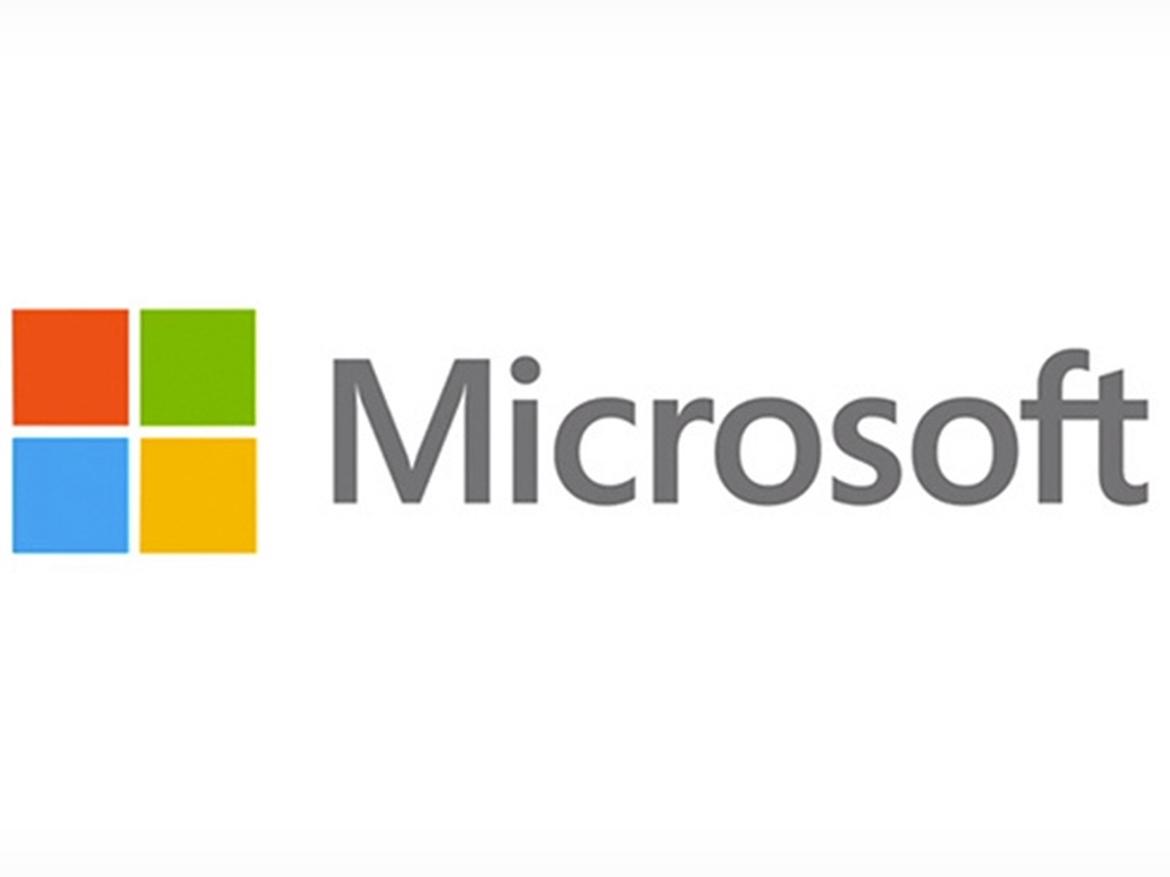
Types of Logo
There are basically three kinds of logos.
- Font-based logos – These consist primarily of a type treatment. The logos of IBM, Microsoft and Sony, for instance, use type treatments with a twist that makes them distinctive.
- Illustrative Logos – These are logos that literally illustrate what a company does, such as when a house-painting company uses an illustration of a brush in its logo.
- Symbolic Logos – These are abstract graphic symbols such as used by Nike -that become linked to a company’s brand.
The iconic logo of Shell Oil that hasn’t changed much since its launch in 1971 is also a good example.
Now, lets jump to the main issue!
How to Create Outstanding Logo for Your Business
1. Understand the Brand
Before designing a logo, it’s crucial to have a deep understanding of the brand. A logo should reflect the core values, mission, and personality of a business. Ask these questions to gain clarity:
- What is the brand’s mission?
- Who is the target audience?
- What emotions or messages should the logo convey?
A company’s logo acts as a visual ambassador of its brand, so it must resonate with its ethos. For example, a financial firm may require a serious, professional logo, while a children’s toy company might use something playful and colorful.
2. Research the Industry
Inspiration often comes from understanding industry trends. Research your competitor logos to see common themes, shapes, and colors that work within the sector. This doesn’t mean copying, but rather identifying what works and then pushing beyond it to create something original and unique.
In some industries, specific colors or shapes dominate for good reasons—green for eco-friendly brands, blue for trust and dependability (often used in tech and finance), or bright colors for entertainment, youth or children’s brands. Identifying these trends will help you know whether to follow or break away from them to make the logo that stand out.
3. Get Logo Design Idea or Inspiration
If you’re struggling with ideas or concepts, look up keywords associated with your brand online. Work with keywords and word alternatives to accumulate a variety of inspiration using different sources. When creating a logo, the obvious sources of inspiration are design-centric websites like Logo Gala, Dribbble, Logopond, Deviant Art and other online free logo makers.
You can also expand your research by looking at the logos of other businesses in your industry. Anything that cut your attention is a potential root of an awesome idea. Think about how you want to differentiate your logo from those of your competition. Do your competitors use solid, conservative images, or flashy graphics and type?
What makes your business unique in relation to your competition? What is the nature of your current target audience Learn from others by understanding how other brands made it to the top, and you will get tremendous insights on logo-making as a whole.
4. Determine the Logo Type
There are different types of logos to consider based on the brand’s needs:
- Wordmark: A typography-based logo that consists of the company name, such as Google or Coca-Cola.
- Pictorial Mark: A symbol or icon that represents the brand (e.g., Apple’s apple, Twitter’s bird).
- Abstract Mark: A more abstract symbol that conveys brand values, like the Nike swoosh.
- Combination Mark: Combines text and an icon to form a complete logo, such as the Adidas logo.
- Emblem: A logo inside a badge or a shield, often used by universities or automotive brands like Starbucks and Harley Davidson.
Selecting the right type of logo is important as it can dictate how memorable and versatile it is across different platforms.
Don’t Miss: How to Start Online Business and Succeed at It
5. Choose the Right Colors
Colors form the essence of any visual representation. It carry great meanings, give further context to the shape, and communicate ideas. Colors have the power to affect feelings and emotions. A color can grab attention, pull you in, and bring life to the illustration.
Your choice of colors play a critical role in logo design because they evoke emotions and influence how a brand is perceived. Here’s a breakdown of color psychology in logos:
- Red: Energy, passion, excitement.
- Blue: Trust, dependability, calmness.
- Green: Growth, nature, health.
- Yellow: Optimism, warmth, friendliness.
- Black: Sophistication, luxury, authority.
- Purple: Creativity, mystery, luxury.
- Orange: Fun, enthusiasm, playfulness.
It’s essential to choose colors that align with the brand’s personality and values. Consider color combinations carefully to ensure they work well together and are accessible, especially when viewed in different formats and on various devices.
DesignBuddy, graphic designer platform recently conducted a data analysis on the world’s top brands, and what their logos have in common. Here are some key highlights from the article that you might want to consider when designing your logo:
- 95% of the world’s top brand’s logos use one or two colors
- 41% of the brands use stylized type as their logo
- 93% are simple enough to be recognized at smaller sizes
You want to see the exact color codes for some of the world’s top brands? Take a look at BrandColors. Quite often, designers disregard the value of the astute usage of colors. This is probably caused by the misunderstanding that a ‘clean’ design only involves white.
Ideally, your choice of color should be made on the basis of the target customers’ demographics. Considering the age, gender and cultural orientations of the target audience. Try not to exceed three colors in your design unless you decide it’s absolutely necessary.
6. Typography Matters
Typography is as important as color when creating an outstanding logo. The font style you choose can dramatically impact the perception of the brand. Serif fonts (e.g., Times New Roman) tend to be more traditional and formal, while sans-serif fonts (e.g., Helvetica) are modern and clean.
Here are some typography tips for logos:
- Use a font that reflects the tone of the brand—fun, formal, elegant, or edgy.
- Ensure legibility, especially when the logo is resized to a smaller size.
- Stick to one or two fonts to maintain simplicity and avoid clutter.
- Customize fonts for uniqueness, as standard fonts can sometimes feel generic.
Custom typography or tweaking existing fonts can create a logo that stands out while retaining brand coherence.
7. Simplicity is Key
A logo is an emblem, not a manifesto. Thus, it needs to be kept simple. This is because simplicity does convey a very important design consideration. Simple logo designs are easily recognized, incredibly memorable and convey the most effective requirements of the client.
One of the hallmarks of a great logo is simplicity. The world best logo designs are simple, memorable and appropriate for their purpose. Think of some of the most famous logos—Nike, Apple, McDonald’s. These logos are easily recognizable at a glance because they’re simple.
Complex logos with too many elements or colors may be harder to reproduce and remember. Keep the design clean and uncluttered to ensure it conveys the right message instantly.
A well refined outstanding logo will catch the attention of a viewer even while driving at 70km/hr speed. A complicated logo is not only difficult to identify, but also repeatedly fails in engaging the audience. In its basic form, a well-designed logo is a form of brand identity. It’s that simple!
8. Make it Versatile
A simple logo is more versatile, and easily adaptable across different platforms and sizes. Your logo will be used on various mediums like—websites, business cards, social media profiles, signage, and more. For this reason, your logo needs to be versatile:
- Ensure it looks good in both color and black-and-white formats.
- Design it in vector format so that it can scale to any size without losing quality.
- Test the logo in various sizes to see how it looks—will it be legible on a tiny business card? Will it look sharp on a large billboard?
Versatility allows your logo to maintain its impact no matter where it appears.
If your logo is such that it looks great on posters, but horrible on coffee mugs, it will never achieve popularity. If your logo is a slave to a color scheme, it cannot be called a good logo either — what the above Apple’s logo image means is that a logo should look good even if it is displayed in black and white, or a set of colors that are not part of the original or actual design.
Ask yourself; is my logo still effective if:
- Printed in one colour?
- Printed on something in the size of a postage stamp?
- Printed on something as large as a billboard?
- Printed in reverse (ie. light logo on dark background)
9. Avoid Trends
While it’s tempting to follow design trends, it’s better to avoid them. Trends come and go, but an outstanding logo should stand the test of time. Think of logos that have been around for decades without much change—like Coca-Cola or IBM. These logos are iconic because they weren’t designed
based on fleeting trends.
Your goal should be to create a timeless logo that continues to be relevant for years to come. Your fonts must be distinctive and your typeface should be unique. A customized, hand-drawn typeface or lettering is more identifiable in a logo than a font downloaded off the internet. There are two main options for typography: create a customized typeface or use a pre-set one.
is achieved by having a simple, yet, appropriate logo design. Companies expect their logo to appeal to a diverse spectrum of users. With such diversity, the audience is bound to have different types of tastes and preferences.
Custom type helps ensure that your logo will stay that way. It takes some real skill to mimic custom hand-drawn type! If you create your own typeface, avoid making it too trendy. Instead, keep it simple, readable, and classy. If you’re aiming for a professional yet unique look, avoid using gimmicky typefaces or fonts at all costs. Majority of gimmicky fonts are overtly fancy and excessively weak in logo designs.
Again, using just two fonts and colors in your log design is smart if you want your design to be distinct, sharp, and clean. As you’re designing your logos, consider whether or not your design is generic or unique. Because it is likely that others will reproduce something similar.
Custom lettering is far more
identifiable in a logo than a font that you purchased and/or downloaded off the internet. At least, you can remember Coca-Cola logo always right?
9. Sketch your Ideas, Design with Vectors
Even with the techy sketching programs available online, sketching your logo first–using pen and paper is still the best way to layout out ideas. Sketching out your ideas enables you to experiment freely and make changes while brainstorming on the ideas.
It doesn’t really matter if your sketching skills are poor. As long as they deliver your ideas correctly, you’re on the right track. Right after sketching your ideas, proceed to the more technical aspect of design. The best way to save you time and frustration when you eventually edit your design is to create vectors.
Versatility also means that an effective logo should be able to work across a variety of mediums and applications. That is, the logo should be functional. For this reason a logo should be designed in vector format, to ensure that it can be scaled to any size. In this process, the Illustrator or Corel draw is your best friend as it can rescale your design without sacrificing its quality.
One way around creating a versatile logo is to begin designing in black and white only. This will ensure that the logo will look good in its simplest form. This allows you to focus on the concept and shape, rather than the subjective nature of colour.
Color is very subjective, emotional and can distract you from the overall design. For example, if you saw your logo in all red, that color may be the first thing that you respond to and not the composition of the design elements.
You should also be familiar with the color codes when it come the commercial printing process, so as to avoid going into printing problems further down the track. When designing logos, the Pantone color system is recommended. Learn to difference between the CMYK, Pantone and RGB color systems.

10. Tell a Story with Your Logo Design
Every design has a story to tell, and logos are not an exception. If you view a logo as mere artwork or a pattern of lines and/or text, then you will not be able to express the meaning behind it. Ideally, a good logo has two stories to tell: one, the obvious one, and second, the hidden one.
Basically, if you can show your clients that the logo you have designed is not simply a shallow piece of artwork but consists of deep thinking and meticulous ideology, they’ll love it, even if it is something simple.
Many designers use shadows, color differences in their story telling. But remember, your business name will affect your logo design, especially if your name features initials. Nevertheless, how you position the logo should be appropriate for its intended purpose.
Read: 7 Key Factors That Make an Exceptional Advertising Piece
#10. Be Innovative
Be it a design, artwork or even writing, flexibility and adaptability go a long way in helping you succeed. Innovation is a wonderful thing; you can work around, experiment, and come up with the killer idea for your logo. This is how artists work!
You innovation abilities definitely are limitless, but their practical usage is often a victim of the innovation possibilities that are provided by a given product. Excess experimentation can result in a logo that is gorgeous to look at, but is not identifiable with the company itself.
Remember: a logo is not an art masterpiece. Instead, your aim should be to make the logo both identifiable and easily associated with the brand. At the end of the day, your design should be something the customers can identify and the company can ‘own’.
And if you can accomplish that, your logo design is a success, irrespective of it being generic or innovative. Take a look at Opera’s logo, for example. Just a red ‘O’, and people know that it belongs to Opera. Innovation lies here in the shape of the ‘O’: the flat-bulge, and that’s it!
#11. Create Smart Logo Designs
Don’t copy clip arts, create outstanding logo. It makes sense to steer clear of copyright issues and give your clients or business the unique logo they expect from you. Basically, make sure your logo is worth-watching. On first look, your logo should convey the brand’s identity and nothing too loud.
Example, if your logo is about a firm that makes umbrella, it shouldn’t shout out “RAIN”. On a deeper look, your logo should also be suggestive of something: again, if talking about an umbrella firm, it should be suggestive of weather, but refrain from mentioning rain or sunlight.
It is also important to state here that a logo doesn’t need to show what a business sells or offers as a service. That is, a car logos don’t need to show cars, computer logos don’t really need to show computers. Is the Harley Davidson logo a motorcycle, or is the Nokia logo a mobile phone? Thus, a logo is purely for identification. Simple!
From a research of top 50 brands of the world – 94% of the logos do not describe what the company does. Paul Rand also has a say on this:
Should a logo be self-explanatory? It is only by association with a product, a service, a business, or a corporation that a logo takes on any real meaning.
A logo derives its meaning and usefulness from the quality of that which it symbolizes. If a company is second rate, the logo will eventually be perceived as second rate.
It is foolhardy to believe that a logo will do its job immediately, before an audience has been properly conditioned.
12. Hire a Professional Logo Designer
Now that you have a good eye for color and a sense of what you want your logo to look like, you should still hire a professional designer to handle the job. Why? Your logo is the foundation of all your promotional materials, so this is one area where you need to spend a little more now than can really pay off later even if you are a startup business.
Our branding agency in Lagos Nigeria can help you! Our experienced designers know whether or not a logo design will easily convert customers and transfer into your website, print or signage. As a marketing company, we can help you build your image, increase online visibility, drive traffic and grow your business.
Contact us now for a free consultation or view our logo design services for more information.
Wrapping up: How to Create a Logo for Your Business
Now you have it; how to create outstanding logo for your business with little money and creativity. A good logo must always be simple to understand, be scalable, easy to reproduce, memorable, appropriate and distinctive. Icons are better than photographs, which may be indecipherable if enlarged or reduced significantly.
While brainstorming logo ideas, entrepreneurs even on a tight budget should shop around for ‘best logo designers near me’. Once it’s launched, use it everywhere you want: on business cards, stationery, letterhead, brochures, ads, your Web site and any other place where you mention your company name.


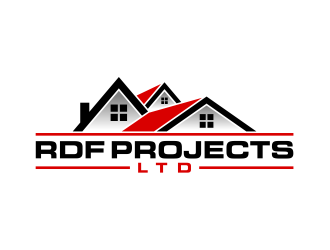
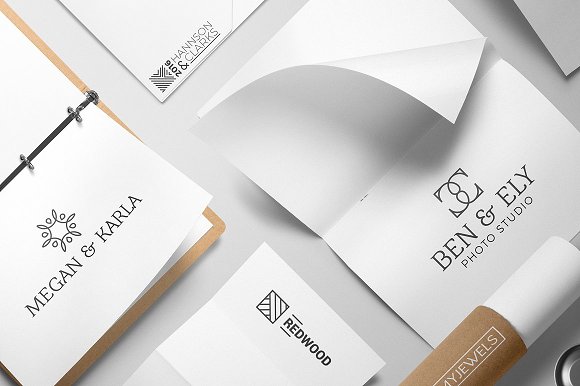

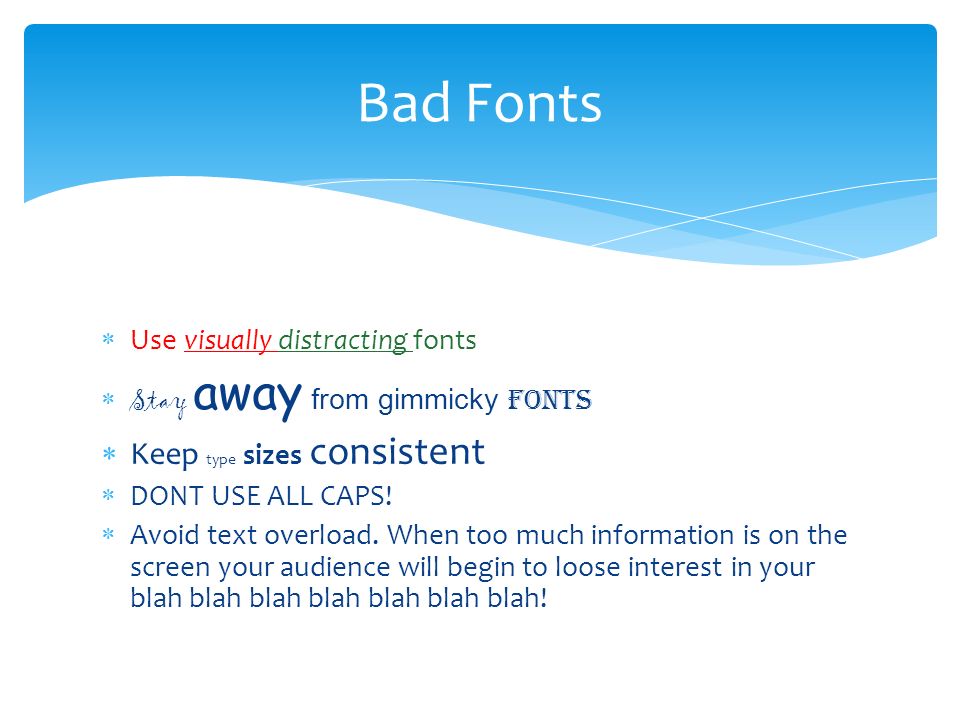
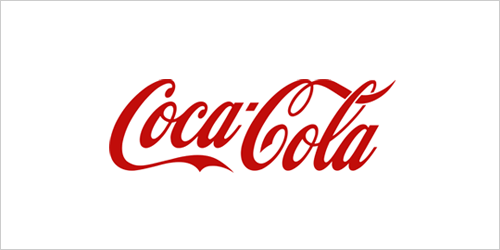
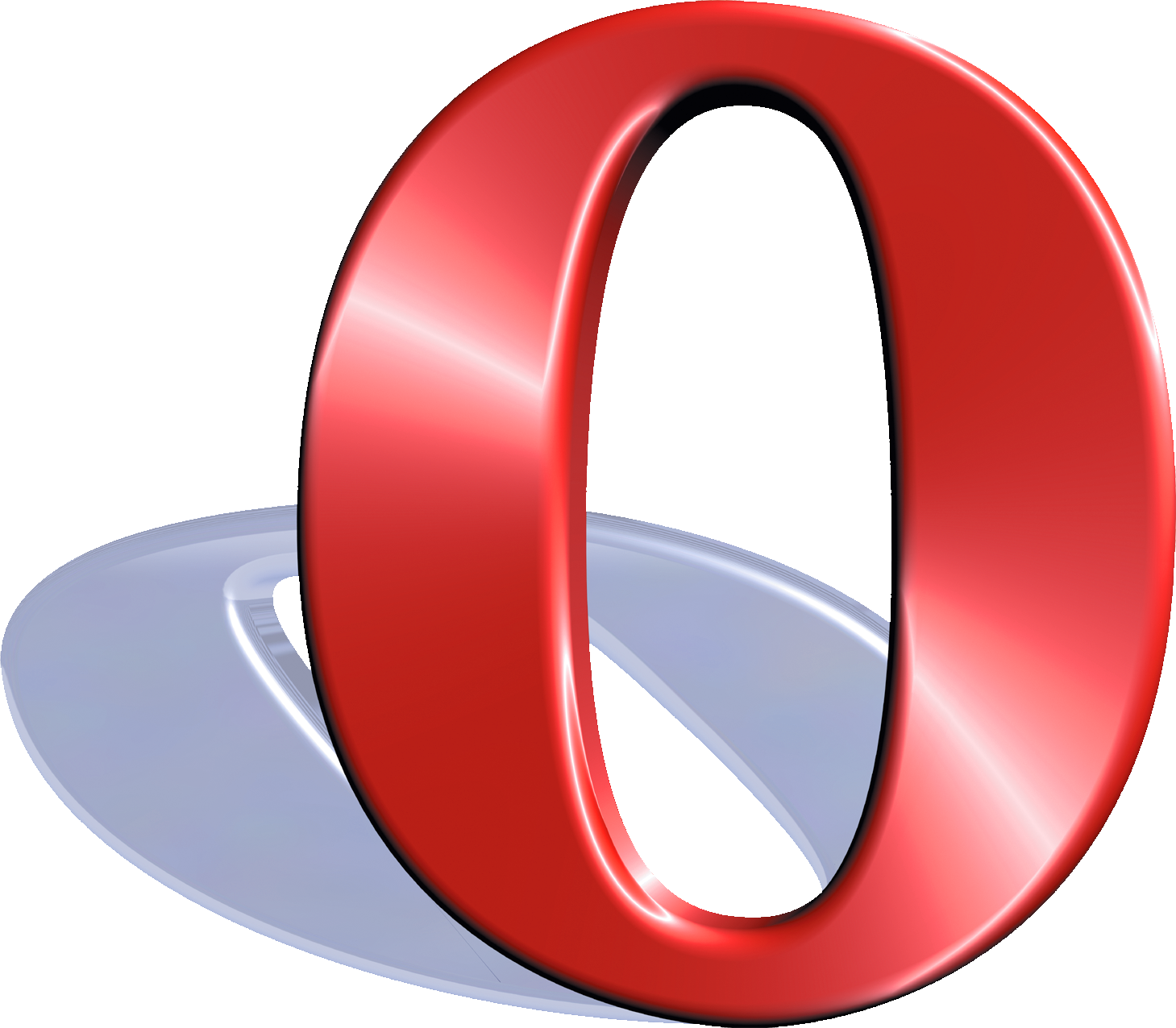










Comments (2)
Thanks for the useful information. I like the service for creating the logo design of my business.
Logo and graphic design in USA could be an expensive affair in comparison to website designing